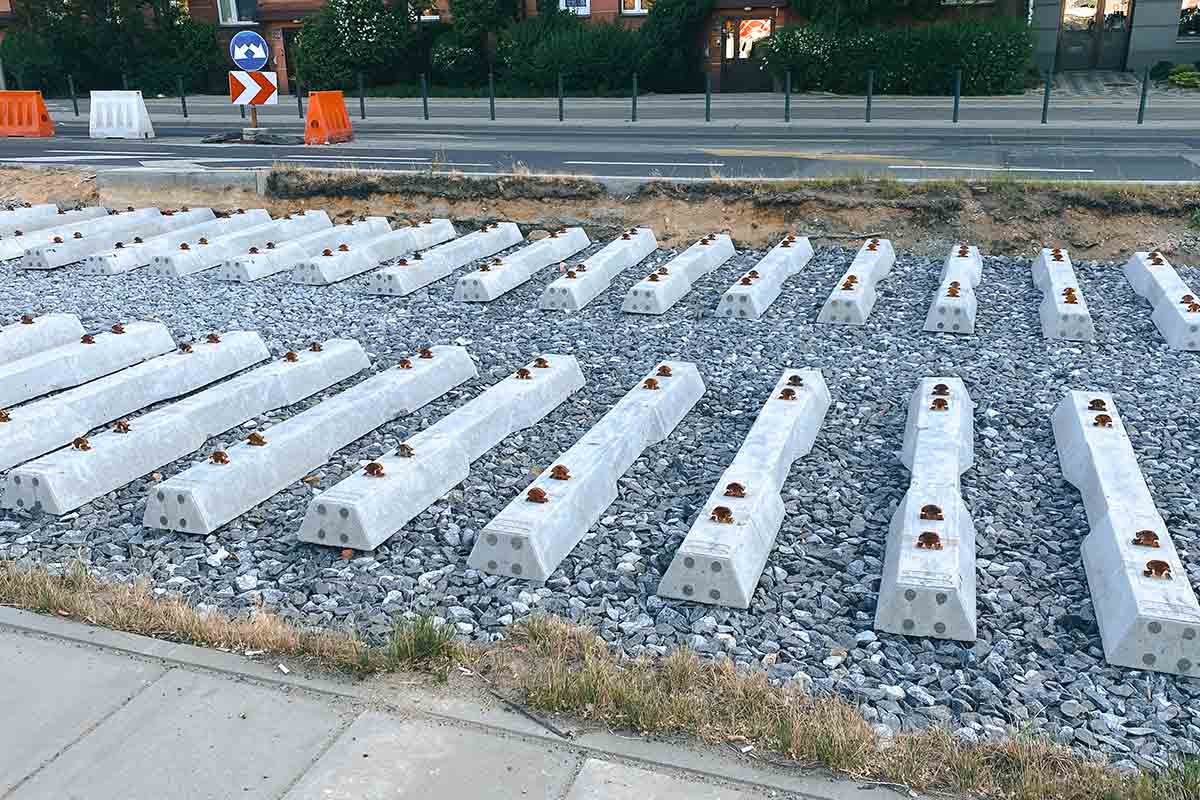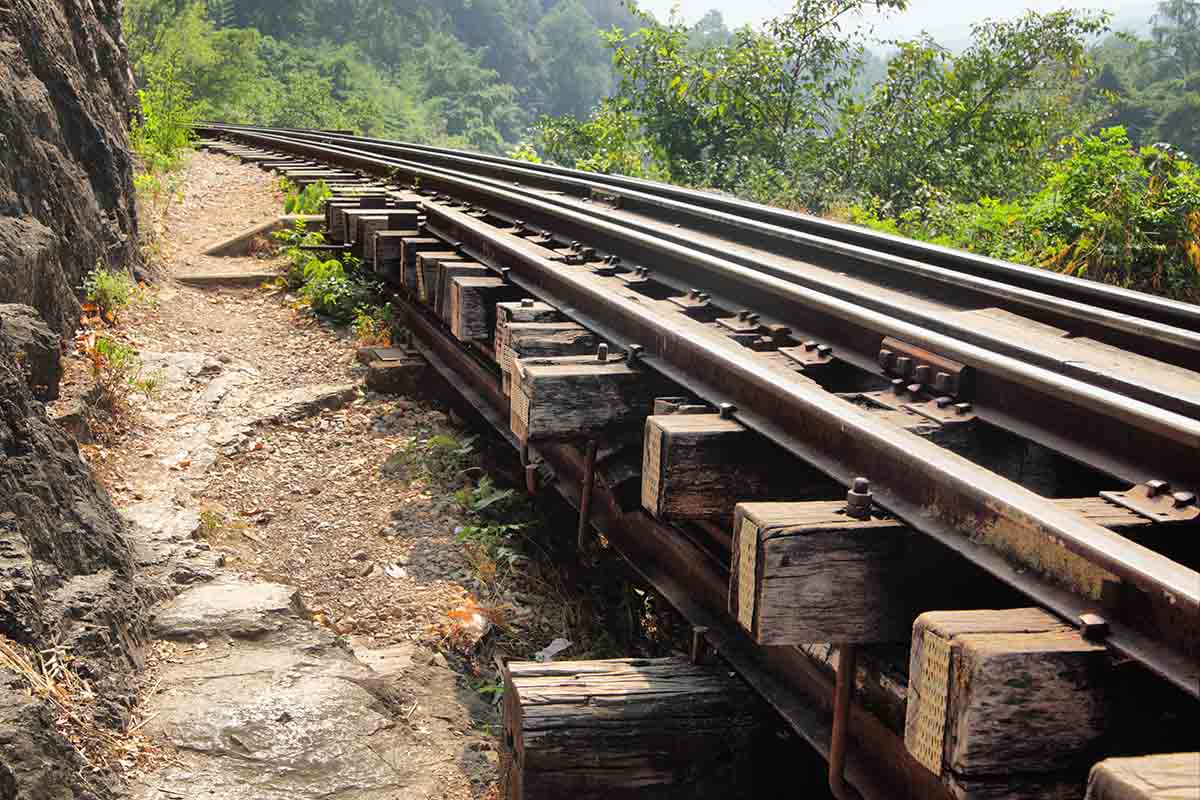How To Replace The Railway Ties Without Pulling Up The Tracks?
If you don’t want to spend a fortune buying new railway ties and can work with a little more dirt getting onto the railroad, it’s possible to replace the old ties without completely taking up the rails. However, before starting, ensure your ties are in good shape and match the size of those being replaced on both ends of the railway.
Deal with the modern method
- If you are replacing rail ties on a curved track, make sure it’s not too close to a curve, as this will cause problems with your fitment. Track standards also should be kept in mind as rails might need to be set back farther to keep them out of reach of children playing on the tracks, and with modern track systems requiring tight curves, standard rail ties are no longer practical if they must be replaced.
- Begin by setting the old railroad ties off to the side, preferably at a location where you won’t have to move them later. Set all of them aside except one. Place this tie directly over the hole it came with; if it’s a curved section of the track, place it in the exact position where it came for repair.
Place the shovel 
Place your shovel over the rail and tap against one side of the shovel with a hammer until the rail is pushed up out of the hole in the bottom tie and onto the top of this tier. Lay this new tie right-side up so there’s enough room for both ends of the rails to lay down. If the holes at one end of the track are spaced far apart, you can place the ties in so that they are at a right angle; this will give you enough room to reset one rail.
Set the ties
The next step is to set another set of replacing railroad ties in the trail tracks. This time, begin by setting them all with the long rail ways. Then rotate the rail by 90 degrees and repeat the process above while simultaneously pushing up the rails at each end.
When you have had an order to replace railroad ties, replace your first tie and again once again so that there is a repeating pattern of railroad ties on top of each other down both sides of your proposed replacements for rails.




















